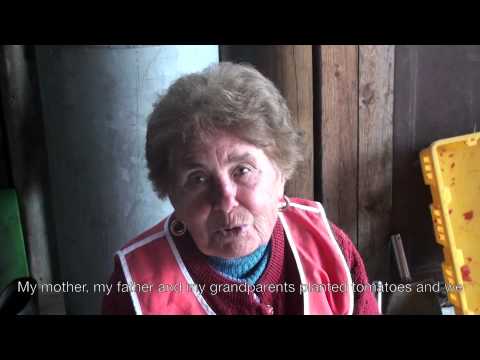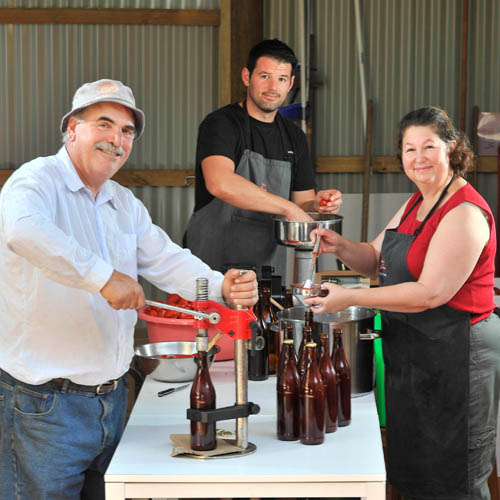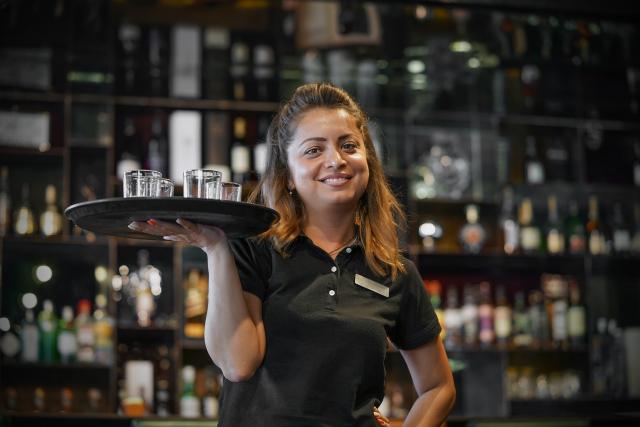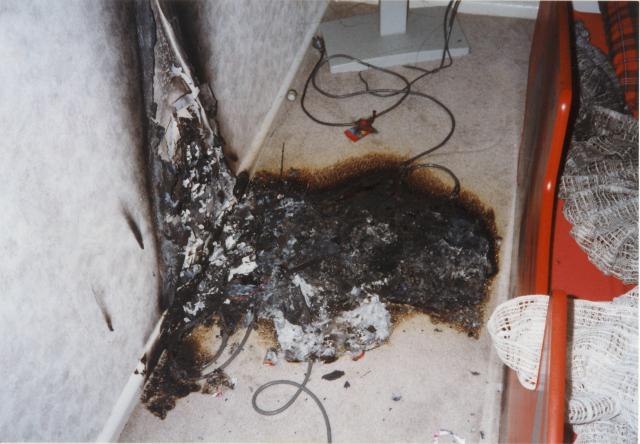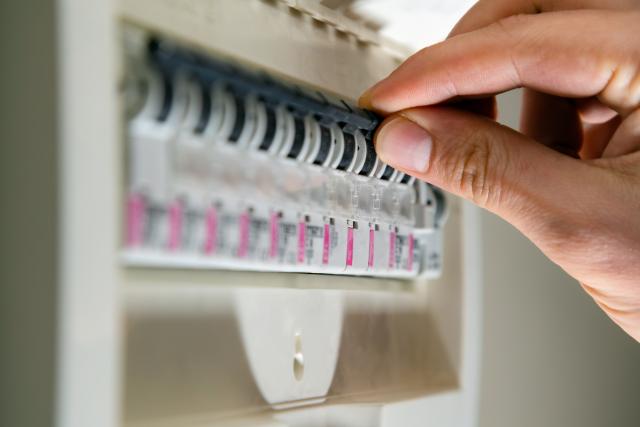Andria Cozza discovers the role empty beer bottles played in helping transplant an ancient Italian tradition to Australia.
STACKED boxes full of vine-ripened, sweet and fleshy fruit mark the end of summer for Italian families. Of course, it’s tomato sauce day.
Handwritten signs in suburban streets entice passersby to buy their pomodori per salsa, tomatoes for sauce.
The ritual of making la salsa, the sauce, has been cherished since migrants first arrived in Australia and were overwhelmed by the abundance of beer bottles.
The 750ml amber bottles are still used today to store the tomato sauce.
“It’s apart of the Italian kitchen,” Francesco D’Andrea says.
The tomato sauce serves as a staple in Italian cuisine, finding its way into most dishes including pasta and pizza.
His son Steve says he sees how the tradition has evolved during his father’s lifetime since moving to Australia.
“It’s a part of our lives,” he says.
As his family gathers in the shed on his farm in Riddells Creek, the importance of the tradition is apparent.
Watch the D’Andrea family make their salsa.
“Ever since I was a little kid, we’ve been making the sauce,’’ says Steve. ‘‘My aunties and uncles in Italy still do it.’’
When Francesco migrated to Australia from Ferruzzano, Calabria, in 1964, he continued the ritual.
“I’ve been doing it since I was a little boy and I don’t intend to stop. We’ve kept the tradition. Every year we make tomatoes(sauce) and then comes the wine, and then the salami.’’
His granddaughter Agata remembers the role she played when she was five.
“It’s always been an event in my family. I remember helping to wash the bottles.’’
She says it’s a tradition she would like to carry on.
“The best part is seeing the process, knowing that everything is organic and you know what you’re eating.’’
Agata’s parents, grandparents and great-grandparents have been harvesting their own food before today’s organic revolution made it hip to do so.
Her grandmother, also named Agata, remembers helping her nonna make tomato sauce.
Before the 1950s, there wasn’t the convenience of empty beer bottles, so the paste was housed in clay and ceramic containers and tomato skins and seeds were removed by hand.
Even though the tradition is still strong within the Italian community, Francesco has concerns it may not carry on.
“I’m worried that when my generation goes, not that many people will do it.
“It’s easy for the young ones to go to the supermarket, get a jar of sauce and go home and cook it.
‘‘They might not even cook at all!
“You want to know why? Because the young generation is lazy, OK?”
Nonna Agata chuckles at this.
Francesco says the value of homemade sauce is vital for one’s health.
“In the supermarket, you don’t know what they put in it. You reckon they wash tomatoes like I do here and take care of everything the way we do?”
His answer is in the thick, juicy bright red sauce spilling from the machine.
“If you put in a bit of salt, you could drink it now.
“I’m thinking next year, in tomato season, we’ll put an ad in the paper and teach young people how to make tomato sauce the proper way.’’
Each year, the D’Andrea family make about 500 litres of tomato sauce, enough to last a year.
Every tomato is cleaned individually and any imperfections are removed in a process that takes about two to three days.
Francesco buys the necessary equipment from Italy.
“It’s good and we help the economy there too.”
Extracting machines and semi automatic bucket-like-containers that transfer the sauce into the bottles may have meant changes to the ritual of making tomato sauce making, but the same values of unity and family remain.
For Bruno Tassone, the ritual is not just about making tomato sauce.
Bruno runs Bacchus Hill Winery and migrated to Australia with his parents when he was eight.
“It’s about family unity. It has always been very important to the migrant family as an opportunity to get the family together for a day.’’
Most importantly, the tradition is a place where conversation takes place.
Bruno says children today are too connected to computers and mobiles.
“There’s a complete disconnect with the family today. In my mind this sauce-making tradition instils a family connection. These events make the house a home for everyone who was a part of it.’’
Like Francesco D’Andrea, Bruno worries about what will become of his beloved traditions.
“Slowly, slowly we are losing our roots, our culture. In the past it was very important. Outside of my parents’ homeland, it was the exchange of information that built a healthier social community and network.’’
When asked how long the tradition of making tomato sauce has been around, Bruno replies: “For hundreds of years, ever since tomatoes have been around.”
His family moved from Fabrizio in Calabria and Bruno’s admiration when he speaks of the way the bright red fruit was preserved and his family’s ingenuity is tangible.
“In the high country of Fabrizio, during the winter months, it would snow. My family had to grow everything during the summer months. Tomatoes were only available during summer, so the tradition became a way of preserving it.’’
His family also created a paste when glass bottles were scarce, dried tomatoes in the sun and pickled green tomatoes.
“When the Italians discovered Australian beer – nice and chilled in summer – it was an Australian custom they took on,” he says with a laugh.
Not long after the beer was finished, the bottles were stored for the upcoming tomato season.
“Having the beer bottles was a major development in the ’50s. They were able to be crown-sealed and this is very important when they are pasteurised by boiling them.’’
Bruno is fond of authors and Italian food-culture lovers, Angela Villella and Teresa Oates, two friends who set about “rescuing mamma’s traditional unwritten recipes from extinction”.
“They’ve taken the issue seriously with their cook book, Mangia! Mangia!.
In fact it was the death of loved ones that spurred Angela and Teresa to insist on maintaining ancient Italian traditions, including making tomato sauce and preserving olives.
Following the death of her mother and of the father of co-author Teresa Oates, Angela says “death gave birth to Mangia! Mangia!”
“[My nonna] was the matriarch and purveyor of food traditions. We both experienced these two significant people passing and we realised if it isn’t written, it’s almost like it didn’t happen.”
The Northern-suburbs based friends run workshops, teaching people how to preserve olives and of course, how to make tomato sauce.
HOW TO MAKE TOMATO SAUCE
• Gather roma tomatoes
• Wash and cut out any blemishes
• Bring tomatoes to the boil
• Once boiling, blanch until skins soften
slightly
• Set aside and let excess water drain
• Using a “passata” extracting machine,
puree the pulp discharging skins and seeds
• Run the pulp for a second and third
pressing in the machine
• Once cooled, fill glass bottles with sauce
• Prepare a 44-gallon drum and bring to
the boil
• Add glass bottles for the final stage,
pastuerisation
• Vaccuum seal the bottles by boiling them
over high heat, which gives them a shelf
life of up to 12 months
Above instructions from Mangia! Mangia! by Teresa Oates and Angela Villella

